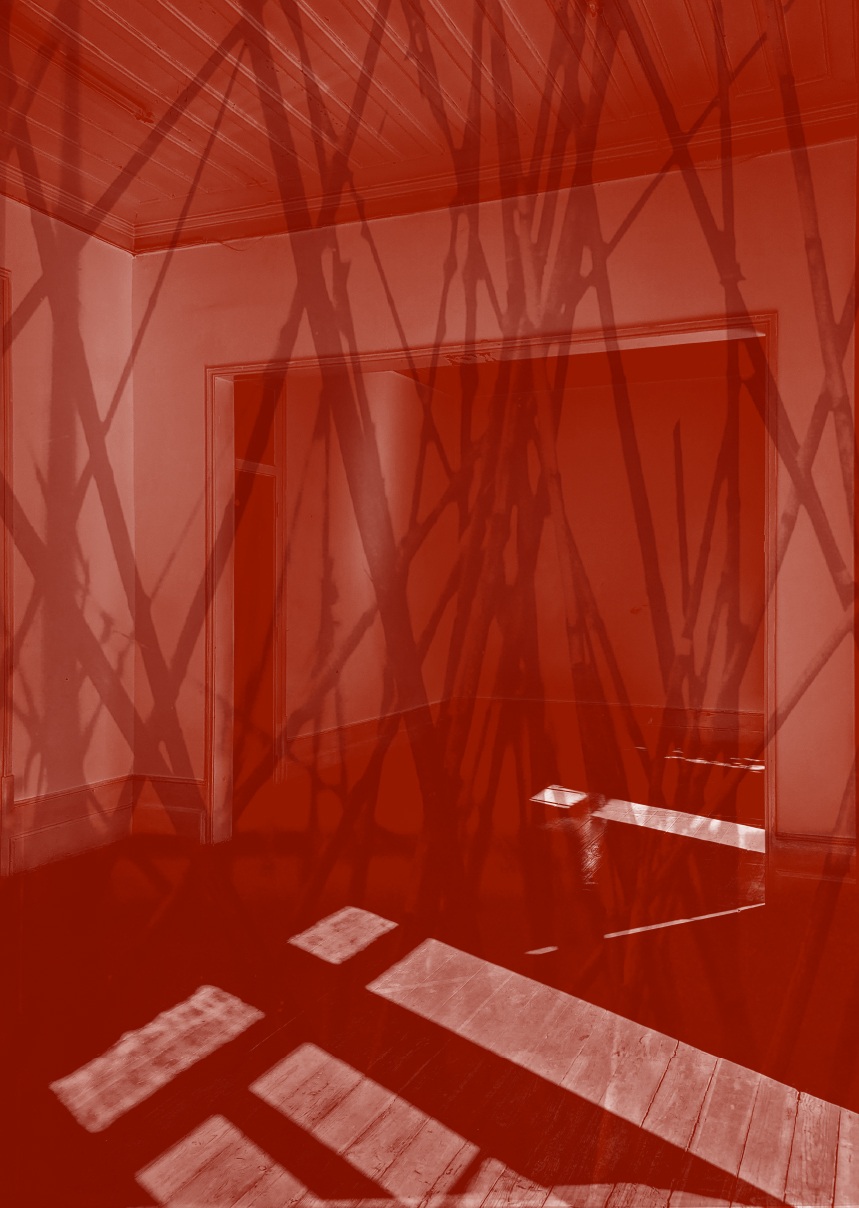Museu Rural do Século XXI
Collective Exhibition
2013
até
30
March 2013
Círculo Sereia

Museu Rural do Século XXI
—
Collective Exhibition
Museu Rural do Século XXI
—
—
Collective exhibition
Registration open
2
February 2013
to
30
March 2013
Círculo Sereia
Art for a more sustainable country!
It is possible to rebuild the physical infrastructure, as well as the economy and society of rural communities, because the answer to developing the national economy lies in rural communities. Once communities across the country become sustainable, Portugal will achieve a sustainable economy. We need to define a strategy aimed at economic development that incorporates all of the country's territories and to be successful it needs to include the interior of the country, all of its rural areas, and plan for the development of these economies.
The series of exhibitions entitled “Museu Rural do Século XXI” focuses on desertification as a phenomenon combined with depopulation and aims to demonstrate that rural regeneration can be achieved by defining a cultural strategy that has an impact on local communities by promoting cultural exchange, social inclusion, environmental awareness and sustainable economic growth.
Most of Idanha-a-Nova's inhabitants are at least 65 years old, and it is they who preserve some of Portugal's oldest traditions. Believing that it is crucial to record and document the cultural manifestations of these people in order to avoid a cultural genocide, Cristina Rodrigues set out to create “Museu Rural do Século XXI”, a traveling exhibition that takes rural culture to large urban centers in countries that are going through similar processes of depopulation and desertification. This museum brings the voice of these generations to frenetic and intensely populated urban centers.
Cristina Rodrigues
Automatic translation
Curatorship
Exhibition Views
Video
Location and schedule
Location
Localização
Educational Program
Associated activities
Exhibition room sheet
Acknowledgements
As Adufeiras de Proença-a-Velha John Hyatt Armando Jacinto
Notícias Associadas
More information
Technical sheet
Open technical sheet
Paulo Longo
Ana Rosa Hopkins
Cristina Rodrigue
David Haley
John Hyatt
Lewis Sykes
Ana Luísa Cruz
Ana Mena
Luís Quintais
Paul Cureton
Walter Vinagre
Organização
Círculo de Artes Plásticas de Coimbra
21st Century Rural Museum
Montagem
Círculo de Artes Plásticas
21st Century Rural Museum
Secretariado
Ivone Antunes
Texto
Cristina Rodrigues
Direção de Arte
Artur Rebelo
Lizá Ramalho
João Bicker
Design Gráfico da exposição
+ Magenta
Design Gráfico
José Maria Cunha















